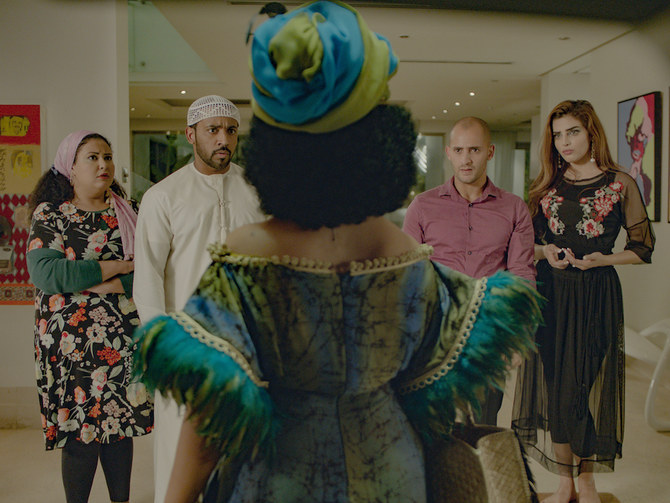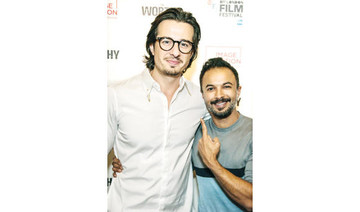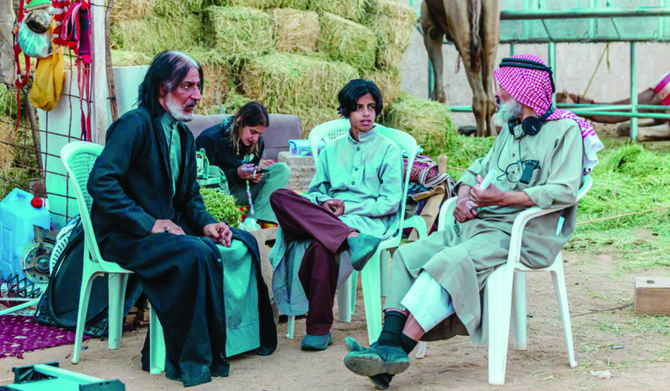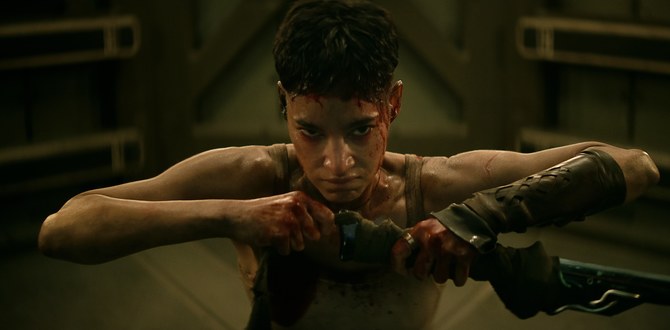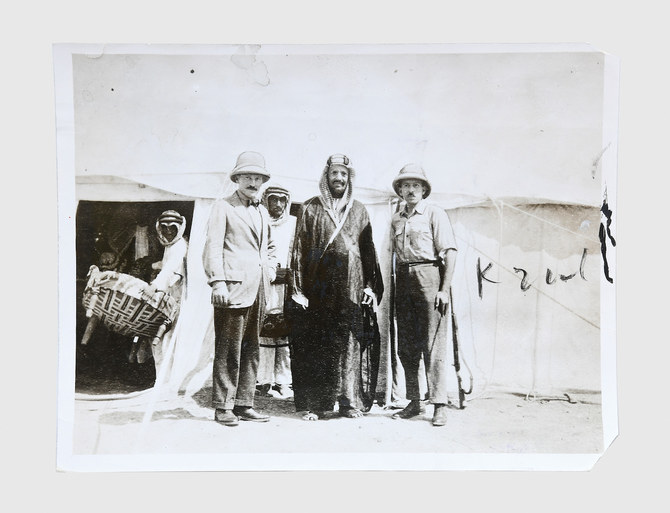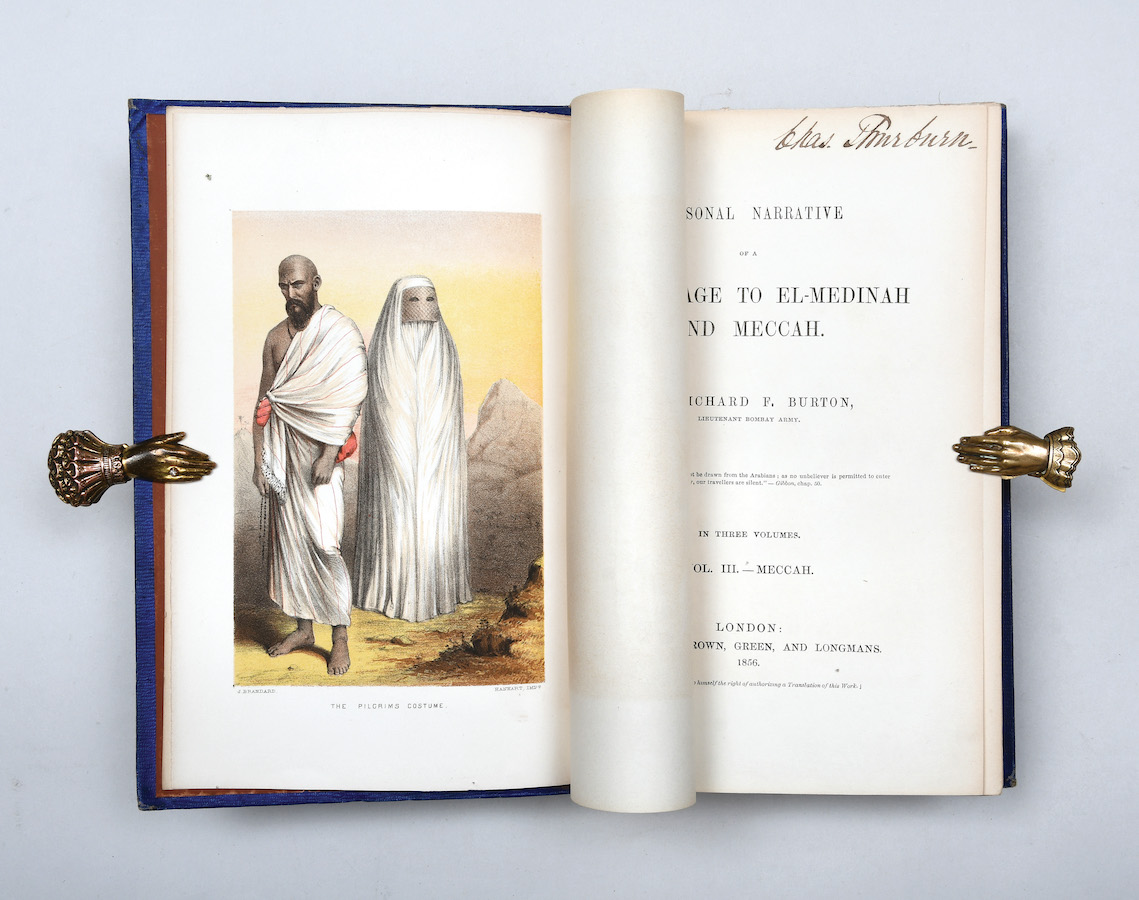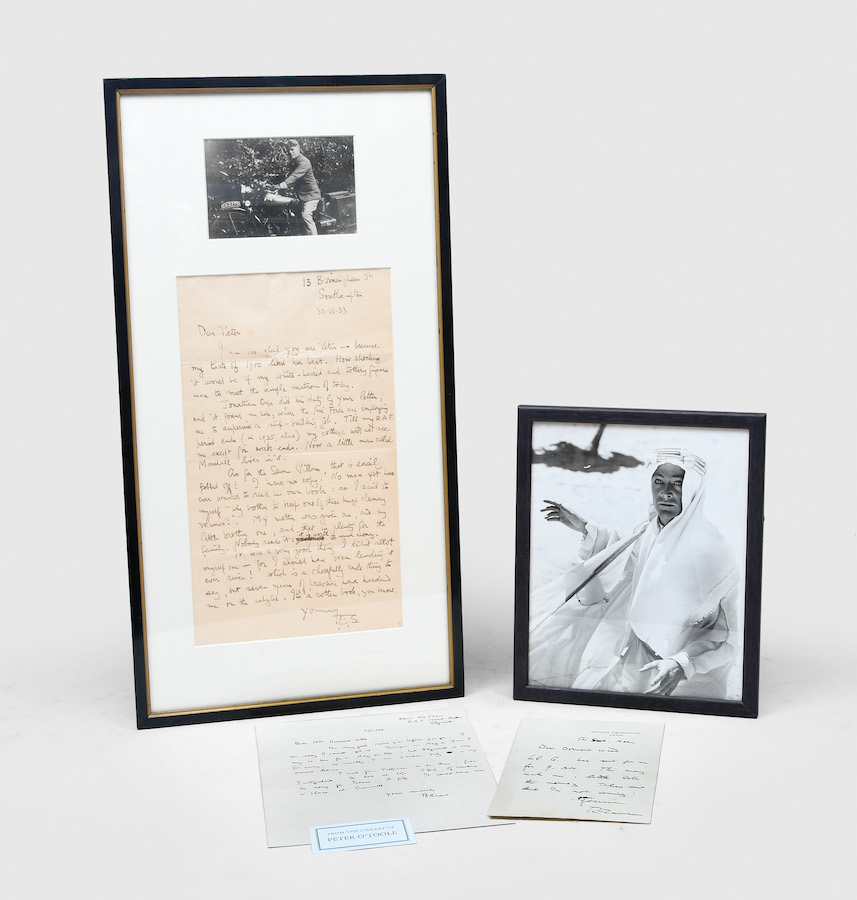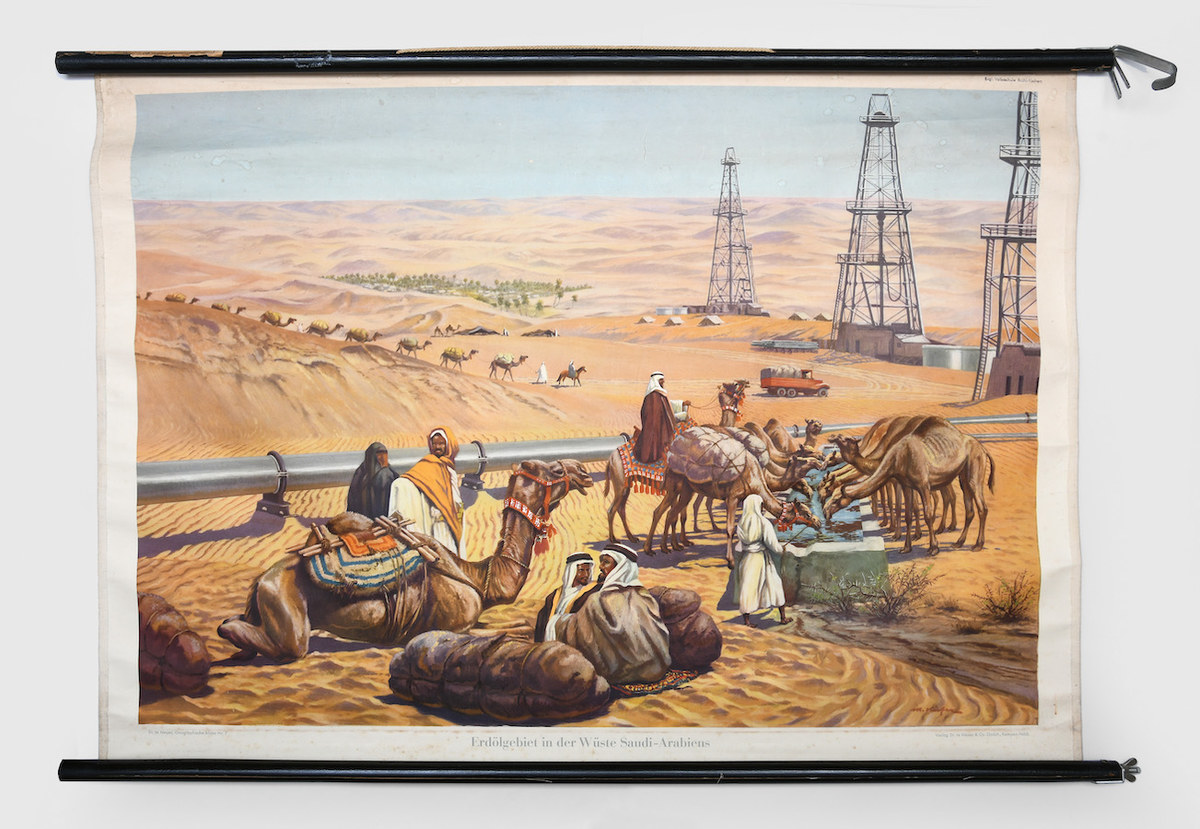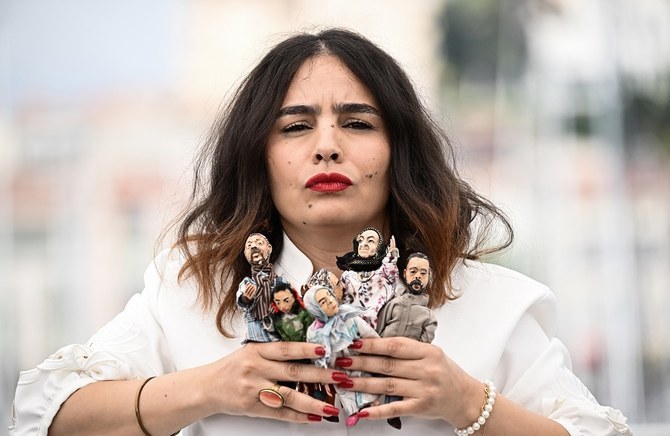DUBAI: In the United Arab Emirates, Mohammed Saeed Harib is a something of a national hero. Since “Freej,” his animated series chronicling the lives of four older women living in a secluded area of Dubai, launched in 2006, Harib has become one of the most visible chroniclers of Emirati culture, both in his country and abroad. It began as a loving portrayal of the Gulf for the Gulf, airing on free-to-air television — now it’s become a global phenomenon, even airing in Japan earlier this year.
Harib has used his platform to portray his own perspective of his culture, complete with accurate — if exaggerated — representations of language, dress, and traditions, as well as loving lampoons. Not everyone agrees with his perspective of course, but, as he tells Arab News sitting in his office in Dubai, this is his perspective, no one else’s. If people want to see a different viewpoint, they should come up with a way to tell it their way — this is his.
With “Rashid & Rajab,” which hit cinemas in the GCC on June 6, Harib is making his debut as a live-action feature film director, and the material is fully in his wheelhouse. In the film, a poor Egyptian deliveryman swaps bodies with a rich Emirati entrepreneur. The film gave Harib the opportunity to explore not only the two cultures, but the ways in which different nationalities and classes interact in his home country.
“Body-swapping movies are a genre, so there’s nothing original about the set up, but the uniqueness comes from merging the two cultures that you think can click and work,” he says. “You might get two nationalities where there’s nothing in common, and you don’t see any (crossover). With Emirati and Egyptian culture, there are so many local inside jokes and so many Egyptian ones that they start to clash with each other and they start to flourish and bounce off each other. We live in a community where we have a lot of nationalities that kind of blend in. It would be very interesting to see the lifestyles — how to go from being rich and entrepreneurial to becoming a family man, or suddenly having a hot wife. The matrixes of office work and delivery work. We give each one of those characters a purpose to fulfill and discover what they were missing in life.”
To find the humor, and to give the film purpose, Harib had to once again look closely at his own culture — this time not from the perspective of four older women watching a nation change before their eyes, but from two men in the prime of their lives; closer to Harib himself. Pushing boundaries is not something Harib is scared to do — in fact, he’s been doing it since “Freej.”
“We spoke about a lot of taboos (in ‘Freej’). I got slapped on the wrist a couple times. It’s fine,” he says. “(With ‘Rashid & Rajab’), it’s the same taboos, but how do you approach them? How do you say it on film?
“By the second day of shooting, we had a round of scenes that we thought would be challenging, culturally, to go through and we were finding a smart way to tell that story,” he continues. “It’s like a tango, almost. This is when I really started laughing. You unwind in a way, but in a funny way. It’s very clever. The actors instantly knew what I meant — they took what I thought, and they heightened that mood further.”
Harib tells Arab News that the film purposefully sets the tone from the start, and then slowly gets more satirical as it goes on, once the audience has been made comfortable. You have to build to the best jokes, he explains, adding that there are jokes half-an-hour into the film that he probably couldn’t have gotten away with in the opening minute.
On the day that Arab News visits Harib’s office, the team has just finished showing the final mix to test audiences. He’s relaxed and in a great mood, because, even so long after we visited him on set in 2016, the film still makes him laugh — and makes audiences crack up, too.
“It’s funny because when these things come out, you’re already somewhere else, and you’ve had other shows and other experiences and I’m now engaged with other things, but I’m so happy that finally this film is now presented to the world,” he says. “I was sitting there with the executive producers and we still laugh — after so many screenings, there is still something funny. Hopefully when audiences see it, they can laugh at the jokes like when we saw them the first time.”
Although Harib had already made a name for himself, “Rashid & Rajab” was still his first feature film, so he surrounded himself with the top talent in the country behind the camera. Ali Mostafa, director of “City of Life” and “From A to B,” Majid Al Ansari, director of “Zinzana,” and Rami Yasin, director of the upcoming “Three Four Eternity,” served as producers.
“I have directors as producers in this movie. Nobody gets that luxury! It comes with peer pressure — a lot of peer pressure — but it’s fun to constantly be on your toes while you’re doing this,” says Harib.
With so many experienced collaborators, Harib had to assert himself to get his vision to work, and to make the humor his own.
“There was a fear that I would bring an overacting methodology to this, because I’m in cartoons so everything is over the top, and most of the actors who are in the film are from the TV comedy space, so they get to overact and some of them are a bit theatrical,” he admits. “We were shooting, and (during) the first few scenes we were cracking up laughing, and some of the producers were skeptical. I was like, ‘Listen, this is a body-swap film. We can’t be too serious about this. And if everyone on the set is laughing, then it’s working.’”
To get the film to work, Harib had to let his actors explore their roles and make them their own, rather than just reading the words off the page.
“The characters have such a vibrance to them that was never shown in the scripts,” he says. “When you write scripts, you make sure the jokes are as funny as you can, but the moment that an actor picks it up, you see it in their eyes. I just wanted it to be a reflection of the energy that I and the entire cast have. The script has the jokes, but I think there was a huge layer that was added on by discovering the personalities from these actors: Marwan Abdullah (as Rashid), Shadi Alfons (Rajab), and Sheema (Latifa). I think every day we laughed. There was a constant generation of ideas while we worked. This isn’t the kind of movie where you have to stick to the script — it’s the kind of movie that begs for you to explore their personalities and find the comedy.”
It wasn’t until filming began that Harib was sure the film would work.
“Honestly speaking, I love that when I got the script to read this movie of course it was interesting, but whether it was interesting to the level that it would reach my taste in comedy, I wasn’t sure. I come from an animation background, we’re very slapstick without looking cheesy and sounding cheesy,” says Harib.
“I was waiting for them to tell me what they wanted to do with these characters. Suddenly, we see Marwan appearing like a Charlie Chaplin person visually. Because I’m an animation director, this is music to my ears, but I didn’t want to push it into the movie so much until it showed itself and I capitalized on that. I said, ‘OK. We’re doing that kind of movie!’ It’s animated in its movements,” he says. “I didn’t want to (push for that) per se, but when I started seeing glimpses of the characters being animated, I capitalized.”




